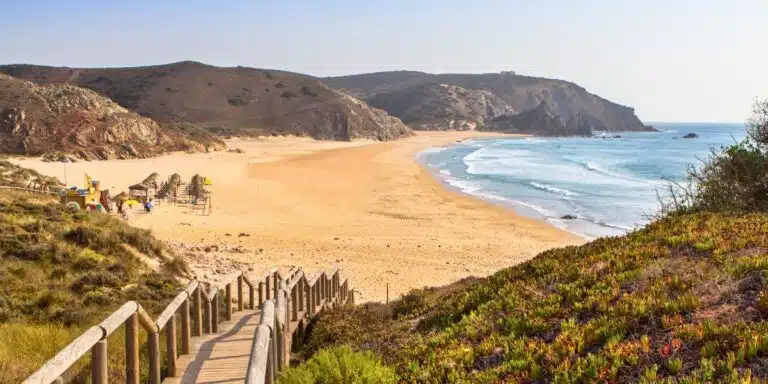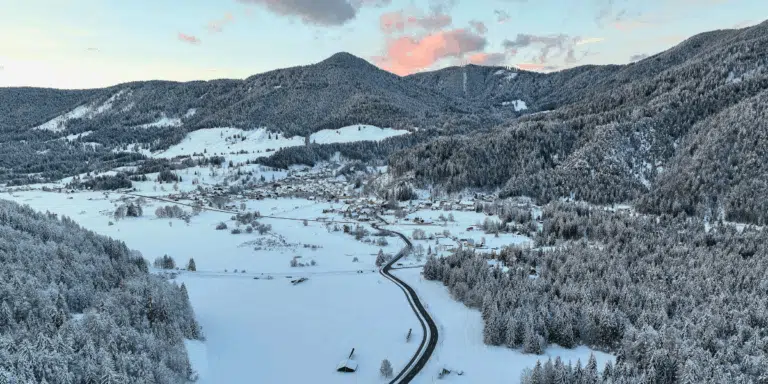This post may contain affiliate links, from which we earn an income. Click here to read our affiliate policy.
Spain’s public transport might be decent in cities, but if you want the freedom to explore far-flung villages, dramatic mountain passes, or wine country detours, there’s no beating a car rental.
Whether you’re plotting a coastal drive along the Costa Brava or heading inland to the whitewashed towns of Andalusia, hiring a car gives you complete control over your itinerary and the freedom to stop when and where you want.
But car rentals in Spain come with rules, paperwork, and a few quirks that are easy to miss if you’re unprepared. From understanding insurance options to navigating toll roads and low-emission zones, this guide covers everything you need to know.
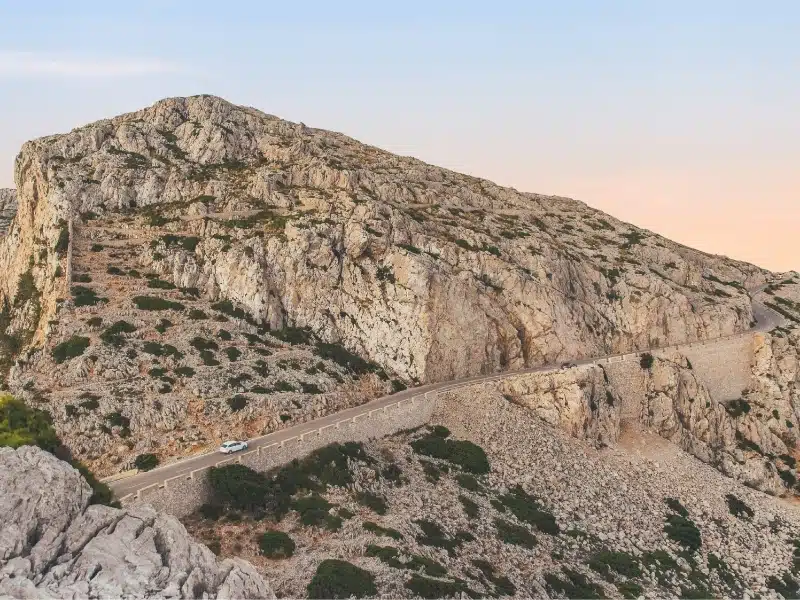
Car Rental in Spain: Requirements, Options & Essentials
Our Recommended Hire Company
We highly recommend award-winning DiscoverCars for their transparency, flexibility, and international support. DiscoverCars compares dozens of rental companies in Spain, showing you upfront costs, deposit requirements, and user reviews. Their massive purchasing power enables them to secure the best rental car prices from the 1000+ top suppliers, which benefits you when you’re planning your Spanish road trip.
There are no mystery fees, and no confusing jargon. For US travellers in particular, the ability to filter by automatic transmission, international driving rules, and debit card acceptance is a game-changer.
Where to Hire
You can rent from major airports like Madrid-Barajas, Barcelona-El Prat, or Málaga-Costa del Sol, as well as regional airports, in city centres and even smaller towns. For road trip convenience, picking up at the airport is usually easiest.
What You Need to Rent a Car in Spain
Crossing Borders: Can You Drive into Portugal or France?
In most cases, yes. You can take your Spanish rental car into Portugal, France, or Andorra. But you’ll need to notify the rental company in advance. There’s usually a small fee, and it must be stated in your contract.
Make sure your car insurance covers cross-border travel. DiscoverCars makes this clear at booking and includes the option to add international coverage.
One-Way Rentals
One-way drop-offs are possible in Spain but often come with a surcharge. Planning to drive from Madrid to Seville and fly back? That’s doable, but expect to pay a bit more.
Some rental companies are more flexible than others, which is another reason we recommend DiscoverCars. They show the exact one-way fees upfront and allow for easier cross-checking between rental companies.
Insurance Options: What You Really Need
By law, your rental will include basic third-party insurance, but that won’t cover damage to your own vehicle. You can either pay for the rental company’s full coverage or use your own credit card insurance if it includes collision damage waiver (CDW). The latter mostly applies to US citizens; it’s not such a thing elsewhere.
Some travellers opt for third-party insurance online, which can be much cheaper. DiscoverCars allows you to add affordable full coverage during booking, which can be cancelled anytime up to the pick-up date. It’s one of their strongest perks: less pressure at the rental desk and fewer surprise charges.
Things to Be Aware Of
Here’s where people slip up: missing fuel policies, not understanding insurance exclusions, or forgetting about low-emission zones in cities like Barcelona and Madrid.
Always familiarize yourself with your rental’s fuel and mileage rules. Also, check if there’s a penalty for late returns or crossing into another country. Lastly, don’t assume your phone’s GPS will work everywhere. Download offline maps in advance.

Driving in Spain: Rules, Regulations & Practical Tips
Driving Rules & Speed Limits
In Spain, you drive on the right. The speed limit on highways is 120 km/h, on main roads it’s 90 to 100 km/h, and in towns it’s usually 30 to 50 km/h.
Speeding fines can be brutal, and cameras are common, even in rural areas. Stick to the posted speed limits and avoid last-minute overtakes. Spanish drivers are generally polite but firm on the road.
A driver must always carry their license, IDP (if needed), passport, and rental contract in the car. Police checks aren’t uncommon.
Road Tolls
Spain has both toll-free and toll roads. The AP (Autopista) routes are the ones with tolls, while the A (Autovía) roads are generally free. Tolls can be paid by card, cash, or an electronic tag.
Some rentals come with these pre-installed. Make sure you ask if your rental includes a transponder, especially if you’ll be using motorways around Madrid, Barcelona, or Malaga.
Parking in Cities & Towns
Street parking is color-coded: blue zones are paid, green zones are for residents, and yellow means no parking. Use underground garages in cities. They’re safer, if pricey.
Never leave valuables in the car, even if you’re just popping into a shop. And always double-check signage. Fines are automatic and camera-enforced in many urban zones.
Low Emission Zones & Environmental Stickers
Madrid and Barcelona both have low-emission zones (ZBE or Zonas de Bajas Emisiones) where access is restricted based on your car’s emissions rating.
If you’re driving a modern rental, you’re probably fine, but you need the correct sticker or plate classification. Again, check this when booking. DiscoverCars includes vehicle info that helps avoid any legal grey areas.
Required Safety Equipment
By law, Spanish cars must carry a reflective vest, a V16 emergency light (which has replaced the traditional warning triangle), and a spare tyre or repair kit. You must also carry a spare pair of spectacles if you wear glasses.
In winter, chains may be required in mountainous areas like the Picos de Europa, the Pyrenees, and the Sierra Nevada. If you’re planning to ski or explore during colder months, ask your rental company to provide winter equipment. Ideally, this is included in the price.

Top 10 Road Trip Destinations in Spain
Spain is one of Europe’s best countries for a road trip. Each region offers wildly different landscapes, architecture, and culture. Here’s where to go and which airport to fly into:
1. Andalusia: White Villages & Moorish Palaces
Fly into: Málaga Airport (AGP)
Drive from Seville to Ronda to Granada via the Alpujarras for mountain views, flamenco towns, sherry bodegas, and rugged coastlines.
2. Basque Country: Coastal Drives & Pintxos
Fly into: Bilbao Airport (BIO)
Start in Bilbao, swing by San Sebastián for incredible seafood, and follow the dramatic Atlantic coast east into French Basque territory if permitted.
3. Picos de Europa: Spain’s Secret Mountains
Fly into: Santander Airport (SDR)
One of Spain’s most scenic drives combines alpine peaks, remote villages, amazing hiking, and unique wildlife. Best visited in spring or early autumn.
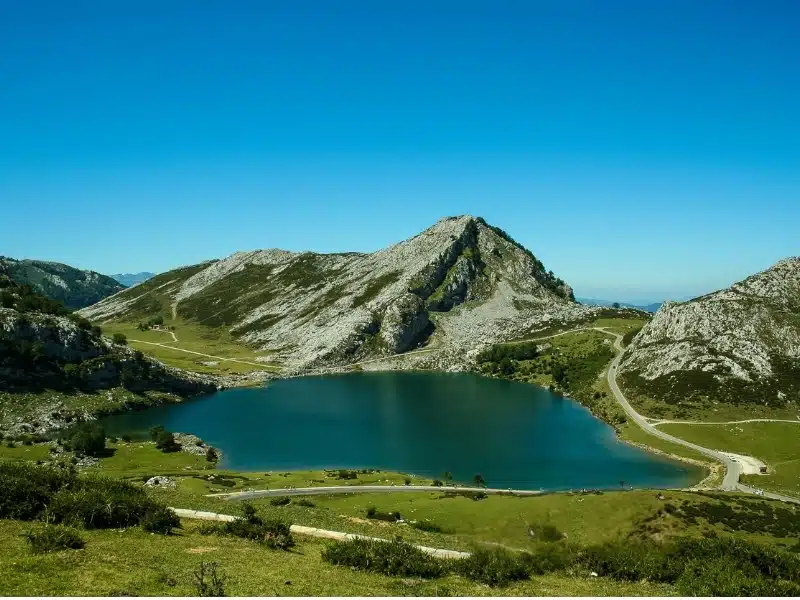
4. Extremadura: Roman Ruins & Storks
Fly into: Madrid-Barajas (MAD)
A quiet but rewarding road trip. Mérida, Cáceres, and Trujillo offer Roman history, nature parks, and almost no tourists. This is the place to buy artisanal olive oil and experience the real Spain.
5. Catalonia: Beyond Barcelona
Fly into: Barcelona El Prat (BCN)
Take the back roads to Girona, the Pyrenees, and the weird and wonderful volcanic landscapes around La Garrotxa. A world away from the lively Costa crowds.
6. Rioja: Wine Country in the North
Fly into: Bilbao Airport (BIO)
Drive through vineyard-dotted hills and medieval towns as you visit traditional restaurants or local bodegas for wine tastings. Great for food and wine lovers.
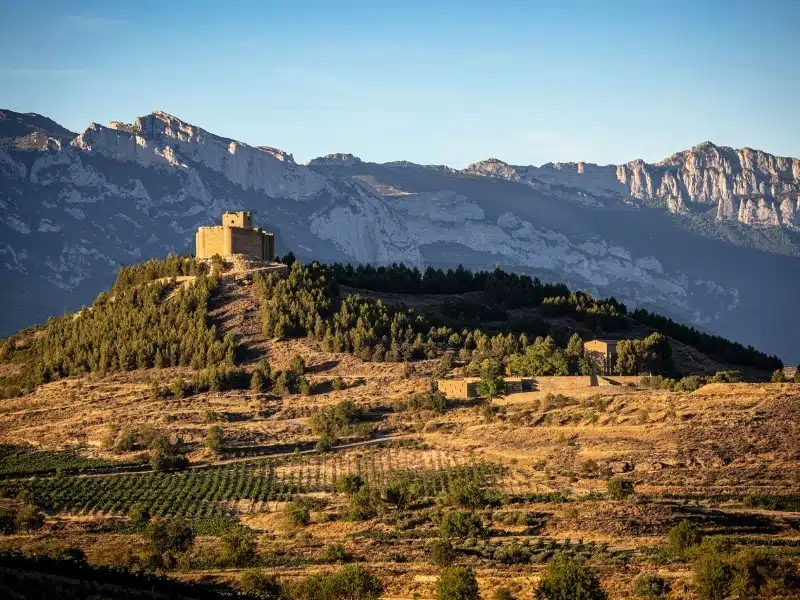
7. Valencia & the Orange Blossom Coast
Fly into: Valencia Airport (VLC)
Drive along the coast to pretty Altea, then inland through citrus groves and rice paddies to some of Spain’s most spectacular driving roads. Avoid peak summer unless you love the heat.
8. Galicia: Green Spain’s Atlantic Edge
Fly into: Santiago de Compostela (SCQ)
Expect dramatic cliffs and sea stacks, straight off the boat seafood, religious ruins, and lighthouses. Galicia is lush, moody, and perfect for slow drives and rain-soaked walks.
9. Castilla-La Mancha: Don Quixote Country
Fly into: Madrid-Barajas (MAD)
Windmills on every ridge, wide plains, and saffron fields with very few tourists. Toledo and Cuenca are the highlights, but the quiet roads are just as rewarding.
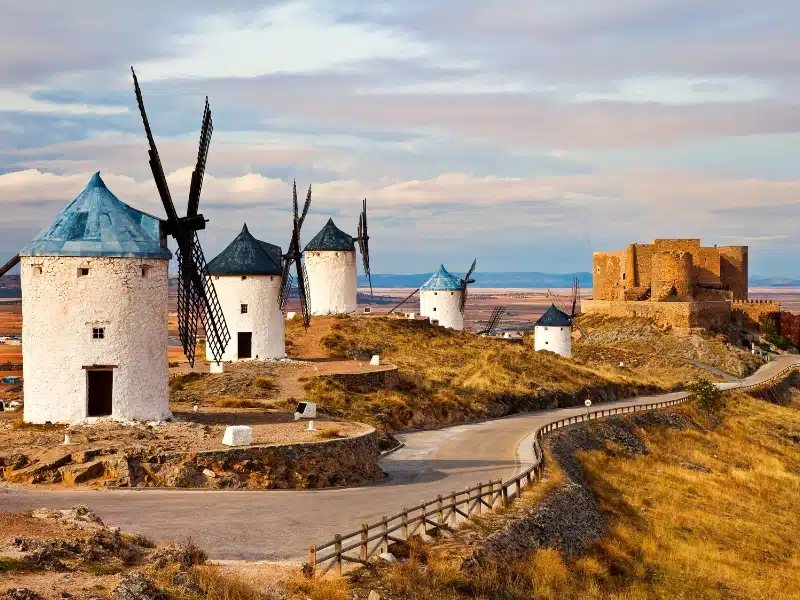
10. Sierra Nevada & Almería Desert
Fly into: Granada Airport (GRX)
A surreal contrast of snow-capped mountains, sun-baked deserts, and Mudejar architecture awaits. Ideal for winter road trips and cinematic landscapes.
Final Travel Tips for Renting a Car in Spain
Renting a car in Spain gives you the keys to parts of the country most travellers never see. But preparation is everything. Get your international driving permit, familiarize yourself with insurance policies, and don’t assume your home driving habits will carry over. Always read the rental agreement carefully, especially with lesser-known rental companies.
For ease, flexibility, and international support, we highly recommend booking through DiscoverCars. Whether you’re looking for automatic cars, flexible cancellation, or cross-border travel, they make the process smooth, especially if you’re juggling time zones and planning from abroad.
Wherever you’re heading, mountains, coast, or somewhere in between, Spain is made for the open road. And the road looks a whole lot better when you know what to expect before you turn the key.




